
Charles Drake was an American actor.
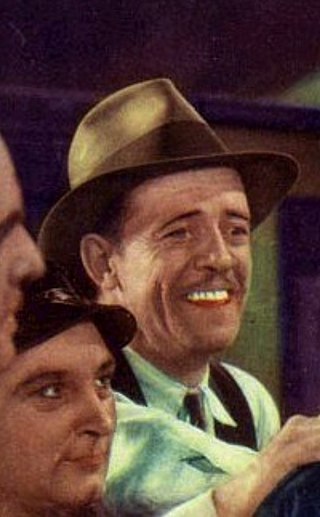
Tom London was an American actor who played frequently in B-Westerns. According to The Guinness Book of Movie Records, London is credited with appearing in the most films in the history of Hollywood, according to the 2001 book Film Facts, which says that the performer who played in the most films was "Tom London, who made his first of over 2,000 appearances in The Great Train Robbery, 1903. He used his birth name in films until 1924.
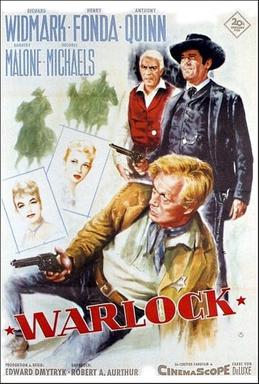
Warlock is a 1959 American Western film produced and directed by Edward Dmytryk starring Richard Widmark, Henry Fonda, Anthony Quinn and Dorothy Malone. The picture is an adaptation of the novel Warlock by American author Oakley Hall. The film is both set and filmed in Utah.
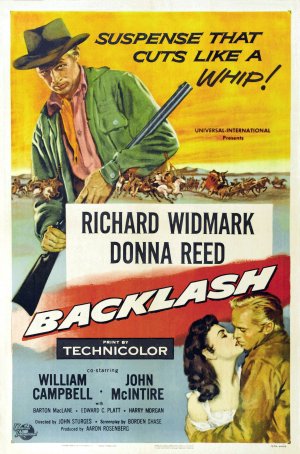
Backlash is a 1956 American western film directed by John Sturges and starring Richard Widmark, Donna Reed and William Campbell. It was produced and distributed by Universal Pictures.

Kent Taylor was an American actor of film and television. Taylor appeared in more than 110 films, the bulk of them B-movies in the 1930s and 1940s, although he also had roles in more prestigious studio releases, including Merrily We Go to Hell (1932), I'm No Angel (1933), Cradle Song (1933), Death Takes a Holiday (1934), Payment on Demand (1951), and Track the Man Down (1955). He had the lead role in Half Past Midnight in 1948, among a few others.
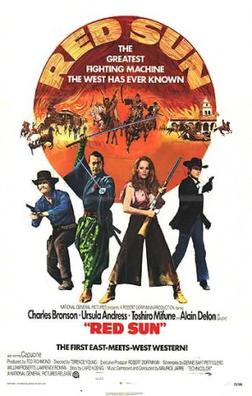
Red Sun is a 1971 Franco-Italian international co-production Spaghetti Western film directed by Terence Young and starring Charles Bronson, Toshirō Mifune, Alain Delon, Ursula Andress, and Capucine. It was filmed in Spain by the British director Young, with a screenplay by Denne Bart Petitclerc, William Roberts, and Lawrence Roman from a story by Laird Koenig. The film was released in the United States on 9 June 1972.
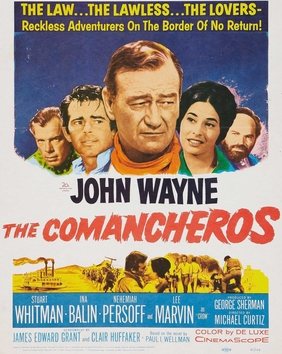
The Comancheros is a 1961 American CinemaScope Western film directed by Michael Curtiz, based on a 1952 novel of the same name by Paul Wellman, and starring John Wayne and Stuart Whitman. The supporting cast includes Ina Balin, Lee Marvin, Nehemiah Persoff, Bruce Cabot, Jack Elam, Joan O'Brien, Patrick Wayne, and Edgar Buchanan. Also featured are Western-film veterans Bob Steele, Guinn "Big Boy" Williams, and Harry Carey, Jr. in uncredited supporting roles.

The Badlanders is a 1958 American western caper film directed by Delmer Daves and starring Alan Ladd and Ernest Borgnine. Based on the 1949 novel The Asphalt Jungle by W. R. Burnett, the story was given an 1898 setting by screenwriter Richard Collins.

Valley of the Kings is a 1954 American Eastmancolor adventure film produced by Metro-Goldwyn-Mayer. It was written and directed by Robert Pirosh from a screenplay by Robert Pirosh and Karl Tunberg, "suggested by historical data" in the 1949 book Gods, Graves and Scholars by C. W. Ceram. The music was by Miklós Rózsa and the cinematography by Robert Surtees.
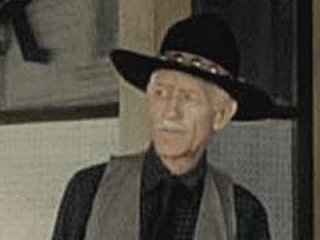
Earl Dwire, born Earl Dean Dwire, was an American character actor who appeared in more than 150 movies between 1921 and his death in 1940.
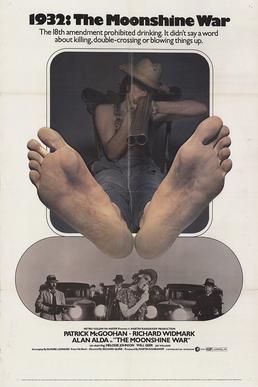
The Moonshine War is a 1970 American crime comedy-drama film directed by Richard Quine, based on the 1969 novel of the same name by Elmore Leonard. It stars Patrick McGoohan, Richard Widmark, Alan Alda, and Will Geer.
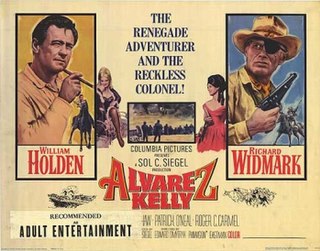
Alvarez Kelly is a 1966 American Western film set in the American Civil War directed by Edward Dmytryk and starring William Holden and Richard Widmark. The picture was based on the historic Beefsteak Raid of September 1864 led by Confederate Major General Wade Hampton III.

The Blackbird is a 1926 American silent crime film directed by Tod Browning and starring Lon Chaney. The screenplay was written by Waldemar Young, based on a story "The Mockingbird" by Tod Browning. Cedric Gibbons and Arnold Gillespie handled the set design. Makeup man Cecil Holland also played one of the old men living at the mission. Character actors Eddie Sturgis and Willie Fung appeared in several other Lon Chaney movies during this time period. The film took 31 days to shoot at a cost of $166,000. The tagline was "Lon Chaney in his successor to The Unholy Three". Stills on the internet shows Chaney in his dual role. In April 2012, the film became available on DVD from the Warner Archive collection.
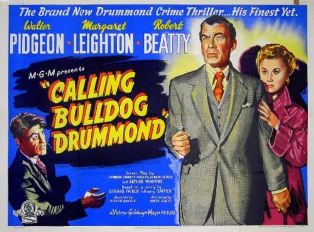
Calling Bulldog Drummond is a 1951 British crime film directed by Victor Saville and featuring Walter Pidgeon, Margaret Leighton, Robert Beatty, David Tomlinson and Bernard Lee. It featured the character Bulldog Drummond created by the novelist Herman Cyril McNeile, which had seen a number of screen adaptations. A novel tie-in was also released in 1951. It was made by the British subsidiary of MGM at Elstree Studios. The film's sets were designed by the art director Alfred Junge.
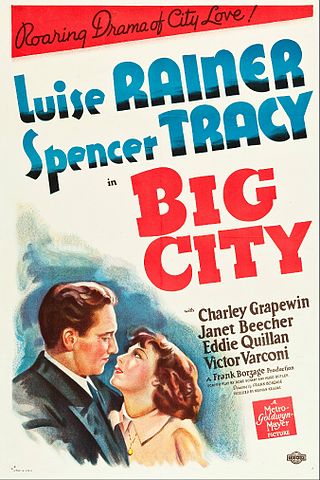
Big City is a 1937 American drama film directed by Frank Borzage and starring Luise Rainer and Spencer Tracy. The film was also released as Skyscraper Wilderness.
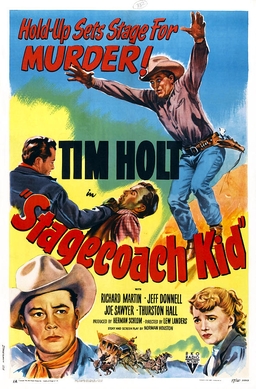
Stagecoach Kid is a 1949 American Western film directed by Lew Landers and starring Tim Holt, Jeff Donnell and Richard Martin. It was one of a number of B-Westerns Holt made for RKO.

The Outriders is a 1950 American Western film directed by Roy Rowland and starring Joel McCrea.

Ferdinando "Nando" Gazzolo was an Italian actor and voice actor.

Great Stagecoach Robbery is a 1945 American Western film directed by Howard Bretherton starring Wild Bill Elliott in the role of Red Ryder and costarring as Little Beaver, actor (Bobby) Robert Blake. It was the sixth of twenty-three Red Ryder feature films that would be produced by Republic Pictures. The picture was shot on the studio's back lot along with outdoor locations at Iverson Ranch, 1 Iverson Lane, Chatsworth, Los Angeles, CA, USA.

Buried Loot is a 1935 American crime film, the first installment of 50 shorts in the Crime Does Not Pay series produced by Metro-Goldwyn-Mayer and released to theaters between 1935 and 1947. Directed by George B. Seitz, Buried Loot stars Robert Taylor in his first leading role for MGM, although he and the rest of the cast and crew are uncredited during the film's presentation.




















